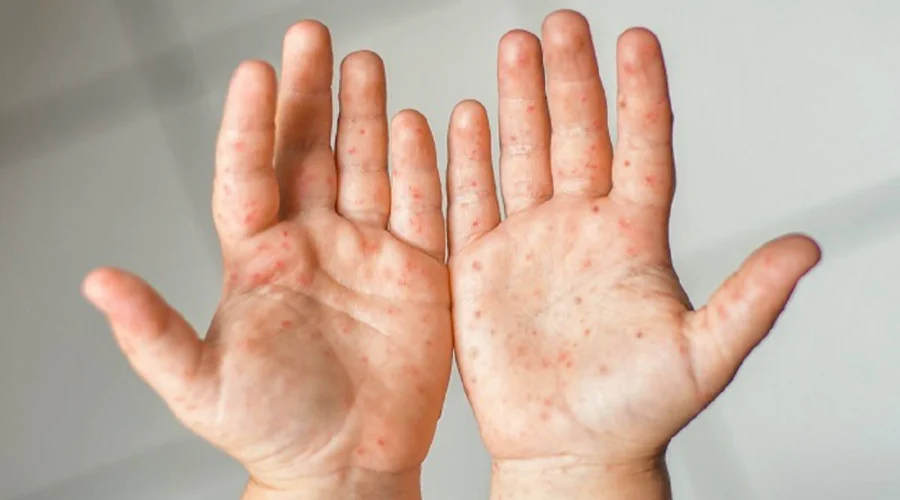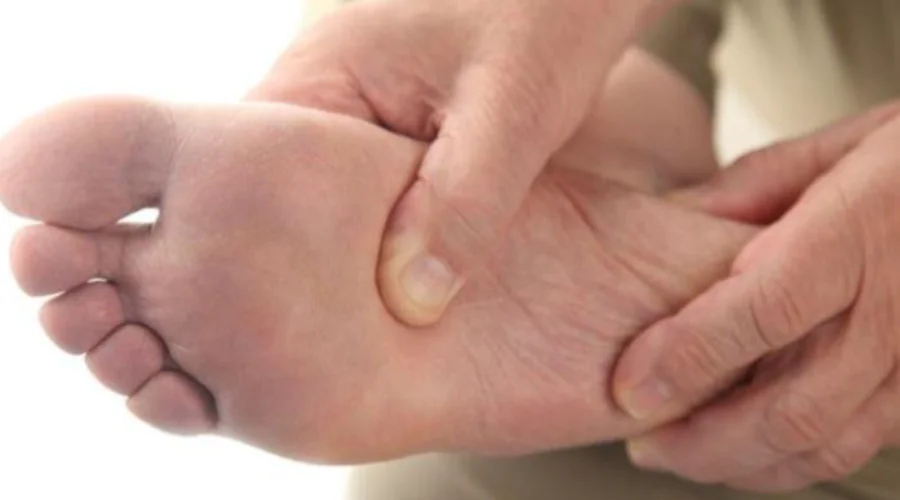
- 26 May
- 2022
Ilustrasi Virus Cacar Monyet. Foto: Ist/Net
About the Monkey Pox Outbreak, UM Surabaya Health Expert: Prevent it in this way
Monkey pox or monkey pox has recently become the talk of the world. This is because the disease caused by a virus that is transmitted through animals (zoonosis) attacks several European and American countries so that other countries must also be more vigilant regarding its transmission, including Indonesia.
Monkeypox virus is a member of the genus Orthopoxvirus in the Poxviridae family. Monkeypox was first discovered in 1958 in Denmark when two smallpox-like cases appeared in a colony of monkeys kept for research, hence the name 'monkeypox'. In Africa, monkeypox infection has been found in many animal species, including monkeys, rats and squirrels.
Yuli Wahyu Rahmawati, a lecturer at the Faculty of Medicine (FK) UM Surabaya, who is also a dermatovenereologist, explained that the monkeypox virus can be transmitted to humans when there is direct contact with infected animals bitten or scratched, patients with confirmed monkeypox, or materials contaminated with the virus, including the processing of wild animal meat.
“The entry of the virus is through broken skin, respiratory tract, or mucous membranes of the eyes, nose or mouth. Transmission between humans is through contact with respiratory secretions, skin lesions from infected people or contaminated objects," explained Yuli, Thursday (26/5/22)
According to health workers, people who live in the same house and have other close contacts are people at high risk. Transmission also occurs through the placenta from mother to fetus or contact during delivery. Sexual transmission is still unclear so further research is needed.
“The incubation period the interval from infection to the onset of monkeypox symptoms is usually 6 – 16 days, but can range from 5 – 21 days. Symptoms that arise begin with fever, severe headache, lymphadenopathy (swollen lymph nodes), back pain, muscle aches and weakness, "he said again.
Yuli explained that lymphadenopathy can be felt in the neck, armpits or groin. Within 1-3 days after the initial symptoms or the prodromal phase, you will enter the eruption phase in the form of the appearance of a rash or lesions on the skin, usually starting on the face and then gradually spreading to other parts of the body. This rash or skin lesion develops from red spots like smallpox (maculopapula), blisters filled with clear fluid, blisters filled with pus, then hardens or scabs and then falls off. It usually takes up to 3 weeks for the period of the lesions to disappear and fall off.
Monkeypox is a self-limiting disease with symptoms lasting 14 – 21 days. Severe cases are more common in children and are related to the level of exposure to the virus, the patient's health status and the severity of complications. Deaths vary but less than 10% of cases are reported, the majority of which are children. In general, younger age groups appear to be more susceptible to monkeypox.
Until now there is no specific treatment for monkey pox. Treatment is more symptomatic and supportive, but monkey pox can be prevented by adopting clean and healthy lifestyles, such as washing hands with water and soap, or using alcohol-based hand sanitizers.
"Avoid direct contact with rats or primates and limit direct exposure to blood or meat that is not properly cooked and avoid physical contact with infected people or contaminated materials, including beds or clothes that have been worn by sufferers," explained Yuli in a written statement. .
Another thing that must be done as a preventive measure is to avoid contact with wild animals or consuming meat that has been hunted from wild animals (bush meat).
Meanwhile, travelers who have just returned from areas infected with monkeypox should immediately check themselves if they experience symptoms of sudden high fever, enlarged lymph nodes and skin rashes, in less than 3 weeks after returning home, and inform health workers about their travel history.
"Finally for health workers to use gloves, masks and protective clothing when handling sick patients or animals," he concluded.










(0) Comments